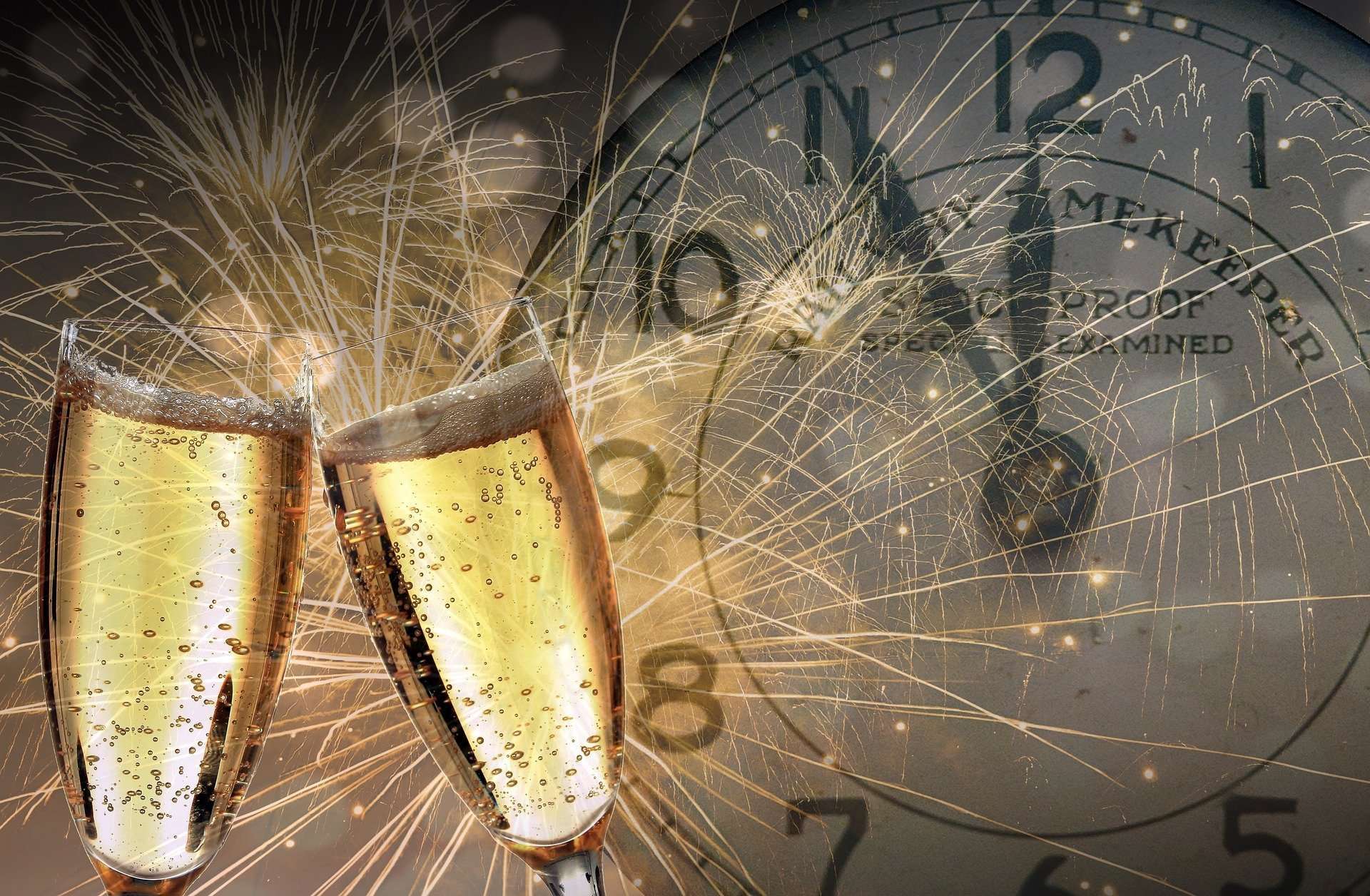The Way I See It: The Origins of New Year’s Day
- December 31st 2020
- Special Events
- Holiday New Year's Day

by Sharon Bouchard
New Year’s Day was, from its inception in 2000 BC and for thousands of years, a religious or holy day festival. In fact, it is the oldest and most universal of all such holy days. And, oddly enough it began at a time when there was no such thing as a calendar year. The time between the sowing of seeds and the harvesting of crops represented a “year” or “cycle.”
The earliest recorded New Year’s festival was staged in Babylon, or Iraq as we now know it. The New Year was celebrated late in March, at the vernal equinox, when spring begins. I’m pretty sure that when this winter ends and spring begins I’ll certainly feel like celebrating.
How New Year’s Day, essentially a seed-sowing occasion, shifted from the start of spring to the dead of winter is a strange, convoluted tale spanning two millennia.
Under the ancient calendar, the Romans observed March 25th, the beginning of spring, as the first day of the year. However, emperors and high-ranking officials – in other words, the politicians – repeatedly tampered with the length of months and years to extend their terms of office. Doesn’t that just figure!
Calendar dates were so desynchronized with astronomical benchmarks by the year 153 BC that the Roman senate, to set many public occasions straight, declared the start of the new year as January 1st. More tampering again set the dates askew. To reset the calendar to January 1st in 46 BC, Julius Caesar had to let the year drag on for 455 days, earning that year the name of the “Year of Confusion.” I think this past year could give 46 BC a run for its money. It certainly seemed 455 days long!
After the Roman conversion to Christianity in the fourth century, emperors continued staging New Year’s celebrations. The Catholic Church, however, set on abolishing all pagan practices, condemned the New Year’s celebrations as scandalous and forbade Christians to participate. As the Church gained converts and power, it strategically planned its own Christian festivals to compete with the pagan ones, in effect, stealing their thunder. To rival the January 1st New Year’s holiday, the Church established its own January 1st holy day, the Feast of Christ’s Circumcision, which is still celebrated by several religions to this day.
During the Middle Ages, the Church remained so strongly hostile to the old pagan New Year, that in predominantly Catholic cities and countries the observance vanished altogether. When it periodically reemerged, it could fall practically anywhere. At one time during the high Middle Ages, from the eleventh to the thirteenth centuries, the British celebrated New Year’s Day on March 25th, the French on Easter Sunday and the Italians on Christmas Day then later on December 15th. Sounds like there were quite a few “Years of Confusion” at that time.
There is no exact date when most countries agreed on January 1st as the beginning of the New Year, but it only evolved to have widespread acceptance in the last four hundred years.
Wishing you all a happy and healthy (and less confusing) 2021!
Image by S. Hermann & F. Richter from Pixabay






